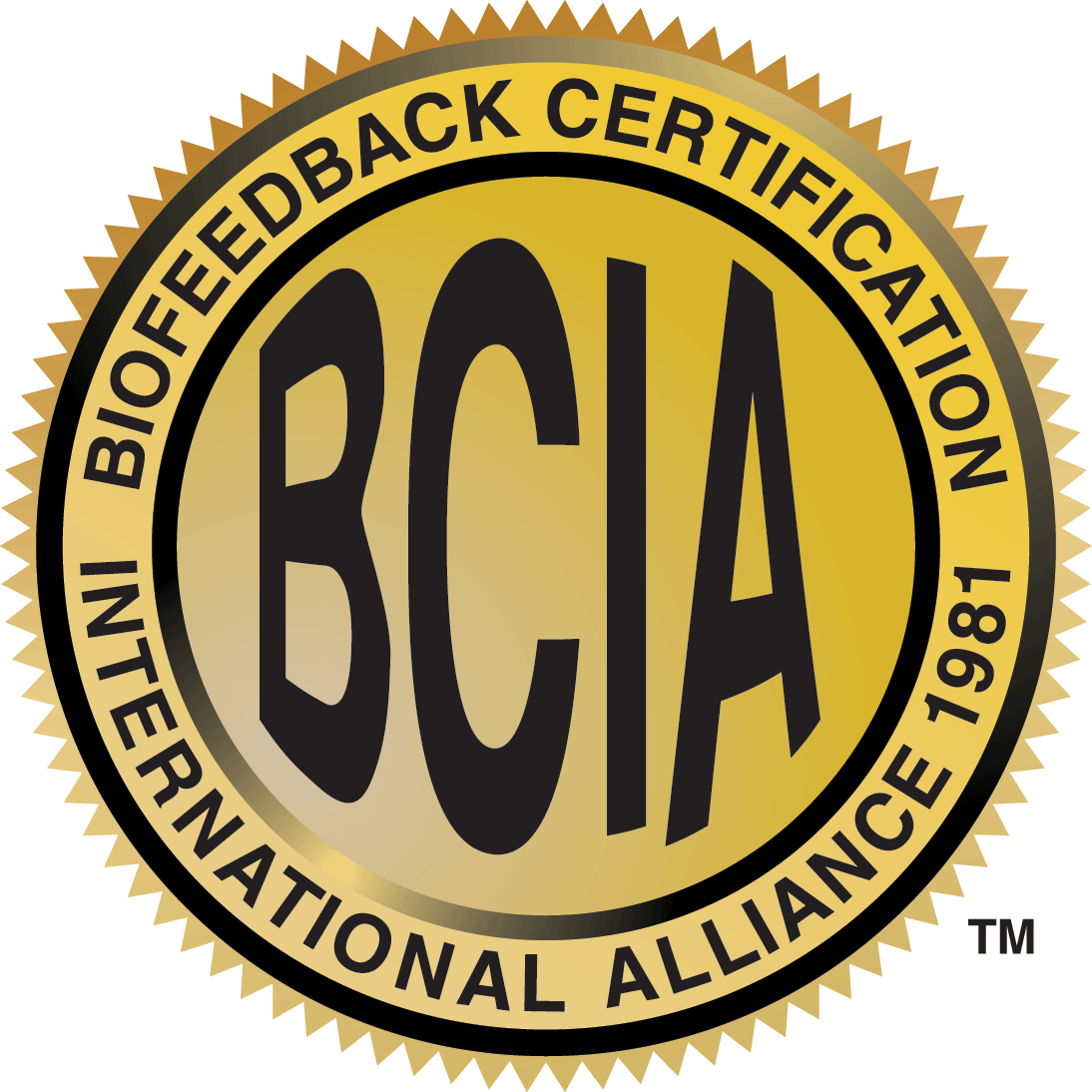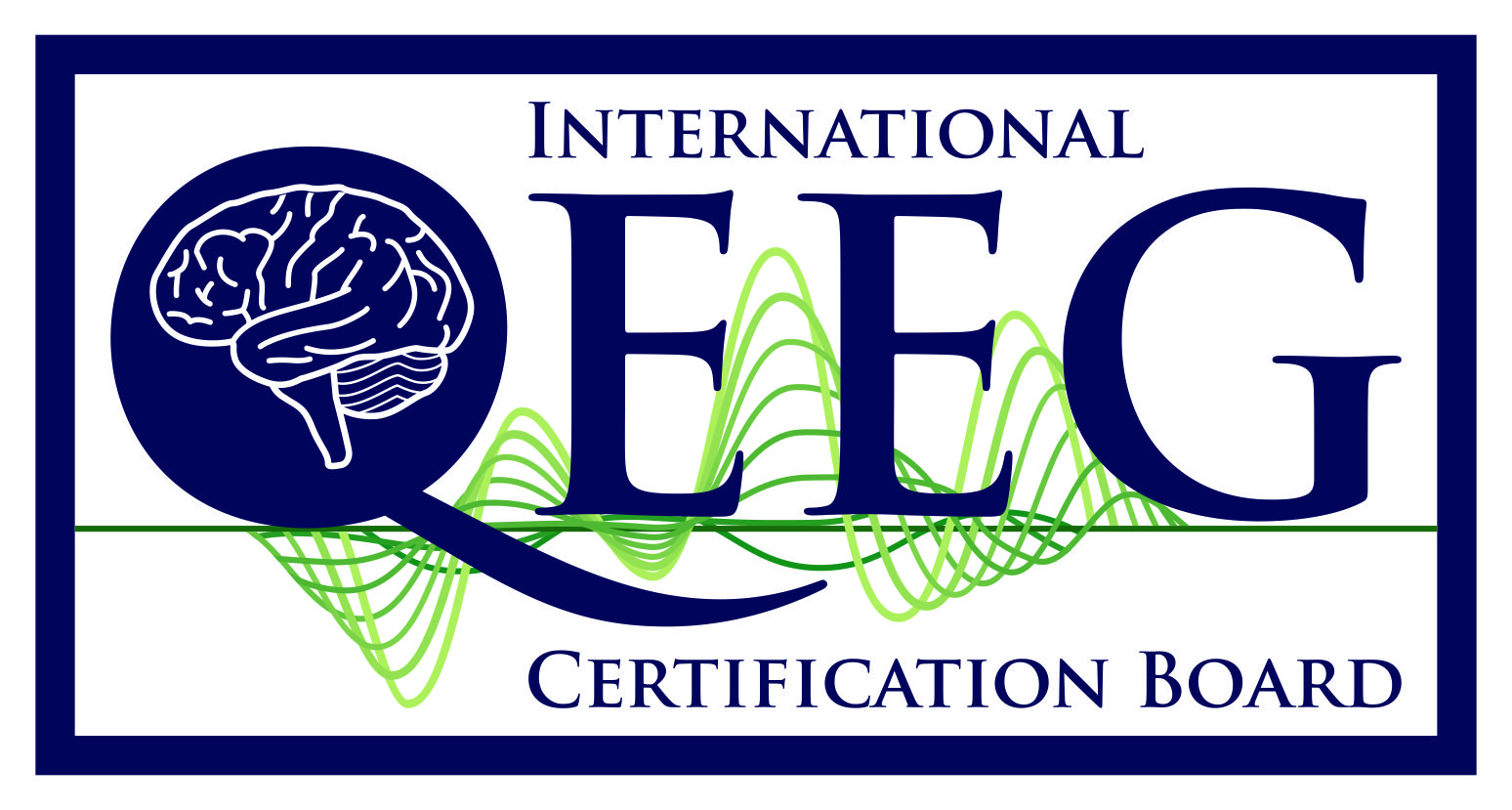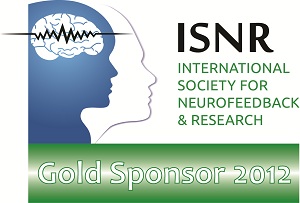Brodmann Areas, QEEG, sLORETA and More: Let Master Clinicians Guide you from “A to Z-Score”
November 4, 5, 11 & 12, 2022
Virtual Workshop
FULL WORKSHOP!
Presented By: Thomas Brownback
And Christen Stahl
Essential workshop for those who want to gain an in-depth understanding of neuroanatomy, neurophysiology, and combining this knowledge with the Comprehensive Neurodiagnostic Checklist (CNC-1020) and psychoeducational test battery to provide a detailed interpretation of QEEGs. This information is used to create fully customized training protocols with and without Live Z-scores. Lots of hands-on demonstrations.
PLUS: successful business tips from a 20-year neurofeedback practice! Presented by Thomas Brownback, Lic. Psychologist, QEEG-D, BCN
30-34 CE Credit Hours
5 BCIA Mentoring Hours (A $600 Value) at no additional cost!
- BrainMaster Affiliates receive an additional $50 Discount.
- One FREE use of the CNC 10-20 and the CTC 10-20
- FREE 4 BMANS set-up files
- FREE copy client form for use with insurance companies to receive the highest level of reimbursement
The workshop will be streamed to the comfort of your home or office. No Travel or Hotels needed. Full CE Hours available!
Instructors
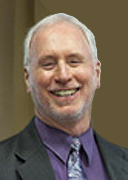 Thomas Brownback, Lic. Psychologist, QEEG-D, BCN Thomas Brownback, Lic. Psychologist, QEEG-D, BCN |
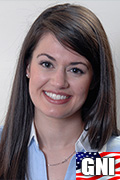 Christen h. Stahl, MA, NCC, LPC, BCN Christen h. Stahl, MA, NCC, LPC, BCN |
Testimonials:
Our ability to interpret QEEG maps for treatment planning and monitoring is dependent upon working knowledge of key brain structures and their likely information processing pathways. Good clinicians do not depend solely upon cookbook pairings of symptoms to set protocols. Master clinicians can reason from “first principles” and match QEEG data with key brain functions (attention, memory etc.) and networks that drive healthy operations, and break down in stereotypic ways in pathology. For many years now, Tom Brownback and his team have been providing an ever-expanding manual series and teaching system that enables clinicians to internalize the neurophysiological and EEG knowledge needed to become successful and resourceful neurofeedback practitioners. Brownback’s work in this context, in my 20-plus year experience, is unmatched. Highly recommended.
– Michael Gismondi
The Brownback workshop elevated my neurofeedback abilities to a new level. The workshop is so much more than simply information about neurofeedback. Tom and Linda Brownback have woven decades of successful neurofeedback experience into a systematic neurofeedback philosophy. Their workshop covers this approach from start to finish; from intake assessment to QEEG map analysis to treatment planning and management. Under Tom’s instruction, I learned comprehensive brain function by tracking the synchronized electrical relationships between neuroanatomical structures that communicate to form the functional pathways behind cognitive processing. This was put directly into context by subsequent discussion of neuropathologies; such as ADD, anxiety, depression, or OCD; that arise from a deregulated, disorganized EEG. The Brownbacks have dedicated countless hours to developing valuable neurofeedback tools and manuals. Personally experiencing their BMANS questionnaire The Comprehensive Neurodiagnostic Checklist (CNC1020) exemplified its use as a powerful asset for pre-neurofeedback assessment and seeing examples of their BMANS questionnaire The Computerized Tracking Checklist (CTC1020) demonstrated a wonderful ongoing assessment of patient behavior over the course of a neurofeedback regimen.Instead of analyzing individual puzzle pieces and discussing how they could fit together theoretically, Tom and Linda Brownback demonstrated how to put the entire puzzle together. I left with a new understanding of the brain’s inner mechanisms, and I have used this knowledge each day since returning from the workshop. This knowledge grants me further insight when analyzing QEEG maps, especially 3D sLORETA images as seen in BrainMaster’s Brain Avatar and the Brain Dx Report Generator. I am able to look at my patients with a heightened understanding of how their deviant EEG patterns influence their behavior; and perhaps more importantly, how self-regulation through neurofeedback can break that cycle and help them change their life.
– David Ims
Read More:
Extended Testimonials
*Manuals being used in Workshop are not included in Price for Attendance. Please contact STS for more details.

Linda and Thomas Brownback from Stress Therapy Solutions on Vimeo.
[Day 1] Friday, November 4th
9:00am – 11:00am | Secret to Our 95% plus Success Rate: The Brownback, Mason and Associates Neurofeedback System (BMANS)–A Success Rate That You Also Can Achieve
- Functions, Pathways and EEG Frequencies at Each of the Brodmann Areas and Neuroanatomical Structures
- Neuropathologies (Dysfunctional: Microvoltages, Peak Frequencies, Asymmetries and Coherences)
- Associated with International 10-20 System Placements
- Neurodiagnostic Evaluation Procedure within an International 10-20 System Framework
- Indepth Analysis of the QEEG using Brodmann Areas, Neuroanatomical Structures and International 10-20 System Procedures for Various Neuropathologies
- Training Procedures Utilizing Brodmann Areas and Neuroanatomical Structures to Generate Regions of Interest (ROI) Totally Modifiable Z-Score Bandwidths to Create Fully Individualized Training Folders
- Mastering Independent Neurofeedback Training…
- A Cognitive, Affective and Behavioral Checklist for Tracking Neurotherapy Progress
- Comprehensive Neurodiagnostic Checklist (CNC 10-20)
- The Bio-Psycho-Socio-Theological Cognitive Behavioral Framework–The Basics Dysfunctions to Health
- BMANS form 254
- Customized Tracking Checklist (CTC 10-20)
11:15am – 1:15pm | Functions, Pathways and EEG Frequencies at Each of the Brodmann Areas and Neuroanatomical Structures
- Functions, Pathways and EEG Frequencies at Each of the Brodmann Areas and Neuroanatomical Structures
- Brodmann Areas
- EEG Frequencies
- Slow Waves and Fast Waves
- Slow Waves, Moderate Fast Waves and Hyper Fast Waves
- The BMANS Eight Band Schema
- The BMA 14 Band Schema
- Perspectives of the Brain
- Neurodiagnostic Evaluation Procedure within an International 10-20 System Framework
- Indepth Analysis of the QEEG using Brodmann Areas, Neuroanatomical Structures and International 10-20 System Procedures for Various Neuropathologies
- Training Procedures Utilizing Brodmann Areas and Neuroanatomical Structures to Generate Regions of Interest (ROI) Totally Modifiable Z-Score Bandwidths to Create Fully Individualized Training Folders
- Neuroanatomical Structures of the Brain Referenced to Brodmann Areas and Neuroanatomical Structures
- Fasciculi
- Thalamus
- Cerebral Cortex
- Limbic System
- Basal Ganglia
- Brain Stem
1:15pm – 2:30pm | Lunch
2:30pm – 4:30pm | Functions, Pathways and EEG Frequencies at Each of the Brodmann Areas and Neuroanatomical Structures (Continued)
- Neurophysiological Functions of the Brain Referenced to Brodmann Areas and Neuroanatomical Structures
- Fasciculi
- Thalamus
- Cerebral Cortex
- Left Hemisphere
- Right Hemisphere
- Posterior
- Anterior
- Sensorimotor Strip
4:45pm – 6:30pm | Functions, Pathways and EEG Frequencies at Each of the Brodmann Areas and Neuroanatomical Structures (Continued)
- Lobes of the cerebral cortex (raw sensory input, association areas for perception and comprehension)
- Occipital Lobe
- Temporal Lobe
- Parietal Lobe
- Frontal Lobe
- Limbic System
- Rhinal Cortex
- Retrosublicular Cortex (Hippocampus)
- Amygdala-Temporal Lobe, Deeper Structure
- Septal Nucleus-Deeper Structure
- Cingulate Gyrus-Midline, Deeper Structure
- Retrosplenial Cortex
[Day 2] Saturday, November 5th
9:00am – 11:00am | Functions, Pathways and EEG Frequencies at Each of the Brodmann Areas and Neuroanatomical Structures (Continued)
- Basal Ganglia
- Caudate Nucleus
- Putaman
- Globus Pallidus
- Brain Stem
Pathways Through the Brain
11:15am – 1:15pm | Neuropathologies (Dysfunctional: Microvoltages, Peak Frequencies, Asymmetries and Coherences Associated with Brodmann Areas, Neuroanatomical Structures and International 10-20 System Placements).
- Attention Deficit Disorder Distractibility/Inattention
- Impulse Control Disorder
- Hyperactivity/Hypoactivity Disorder
- Depressive Disorders
- Obsessive Compulsive Disorder
- Oppositional Defiant Disorder
- Generalized Anxiety Disorder
1:15pm – 2:30pm | Lunch
2:30pm – 4:15pm | Neuropathologies (Dysfunctional: Microvoltages, Peak Frequencies, Asymmetries and Coherences Associated with Brodmann Areas, Neuroanatomical Structures and International 10-20 System Placements). (Continued)
- Addictions, involving but not limited to:
- Drugs
- Behavioral
- Amotivational
- Learning disorders
- Language
- Receptive
- Expressive
- Comprehending Social Cues Dysfunction
- Math
- Motor Disorders
- Fine
- Gross
- Sleep disorders
- Tic disorders
- Motor
- Vocal
- Tourettes
- Dissociative Identity Disorder
4:30pm – 6:30pm | The BMANS Neurodiagnostic Evaluation Procedure within a 10-20 System Framework
- Overview of Procedure
- CNC-1020
- Overview of Steps 4, 5, and 6
- CTC-1020
[Day 3]Friday, November 11th
9:00am – 11:00am | In-depth Analysis of the Quantitative Electroencephalograph using Brodmann Areas, Neuroanatomical Structures and International 10-20 System Procedures for Various Neuropathologies
- QEEG Concepts
- Contamination of The Linked Ears Reference
- Linked Ear Reference Versus Laplacian Reference
- Absolute Power Versus Relative Power
- Recording Conditions
- Eyes Closed
- Eyes Open
- Cognitive Challenge
- Loreta
- Databases
- Neurodiagnostic Evaluation Procedure within an International 10-20 System Framework
- Determine The Probability Of Involvement And Location Of Each Neuropathology Utilizing the CNC-1020 and Psychoeducational Testing
- Utilizing the CNC-1020 and Psychoeducational Testing In Conjunction With Reference Data Bases To Determine The Frequency Range For Each Neuropathology Involved
- Case History: In-depth Analysis: CNC-1020, Psychoeducational Testing, QEEG, Databases and LORETA “M” client – Depression
- Case History: In-depth Analysis: CNC-1020, Psychoeducational Testing, QEEG, And Database And Non-database Formats (continued)
Hands On: Choosing the Placements and the Band Widths for Each Neuropathology
11:15am – 1:15pm | Neurofeedback Training Procedures Utilizing Brodmann Areas, Neuroanatomical Structures and LORETA for Fully Customized Regions of Interest (ROI) and Bandwidths.
- How To Build Neurotherapy Training Files
- Constructing Completely Modifiable Frequency Bands for Totally Individualized Training
- Constructing Automatic Artifact Rejection Parameters
- Eye Blink and Other Movements
- EMG
1:15pm – 2:30pm | Lunch
2:30pm – 4:30pm | Biological/Psychological
- The Basics–Biological
- The Basics—Psychological
4:45pm – 6:30pm | Training Construction
- Constructing Audio and Visual Feedback with Percentage of Time Counter Thresholds Which Provide an Even Greater Sensitivity for Interpreting Training Success
- Constructing Z-score Settings Files Utilizing the Above BMANS Features
- How to Conduct a Neurofeedback Training Session
- How to Adjust Thresholds for Audio and Visual Feedback and Percentage of Time Counters
- For Targeted Training Band(s)
- For Z-score Training
- For Artifact Rejection
[Day 4] Saturday, November 12th
9:00am – 11:00am | Training Tracking
- How to Track and Interpret Z-score Changes for Single Session
- How to Adjust Thresholds for Audio and Visual Feedback and Percentage of Time Counters
- For Targeted Training Band(s) Microvoltage
- For Frequency Bands Spectral Analysis
- For Targeted Training Band(s) Percentage and Ratio
- For Artifact: Movement and EMG
- For Z-Scores
- How to Track and Interpret Microvoltage and Z-score Changes Across Sessions
- For Targeted Training Band(s) Microvoltage
- For Frequency Bands Spectral Analysis
- For Targeted Training Band(s) Percentage and Ratio
- For Artifact: Movement and EMG
- For Z-Scores
- How to Track and Interpret Z-score Changes for Single Session
- How to Adjust Thresholds for Audio and Visual Feedback and Percentage of Time Counters
- For Targeted Training Band(s) Microvoltage
- For Frequency Bands Spectral Analysis
- For Targeted Training Band(s) Percentage and Ratio
- For Artifact: Movement and EMG
- For Z-Scores
- How to Track and Interpret Microvoltage and Z-score Changes Across Sessions
- For Targeted Training Band(s) Microvoltage
- For Frequency Bands Spectral Analysis
- For Targeted Training Band(s) Percentage and Ratio
- For Artifact: Movement and EMG
- For Z-Scores
- The Basics–Social
- The Basics—Spiritual
- Business Tip: Motivating Clients to Stay in Neurotherapy
- Business Tip: Increasing Success By How You Handle The Intake Call
- Business Tip: Increasing Success By Your Own Participation
- Understanding when to use different types of training programs
- Putting It All Together: From Prospective Client Initial Contact To Successful Completion Of Neurotherapeutic Process
- Review
- Questions
- It has been wonderful to be with you.
11:15am – 1:15pm | Training Tracking
1:15pm – 2:30pm | Lunch
2:30pm – 4:30pm | Business Basics
4:30pm – 6:30pm | Wrapping up
*This is a Faith-Based Workshop
*System of Choice: The main equipment of choice and use by all instructors and workshops is BrainMaster Technologies Inc.

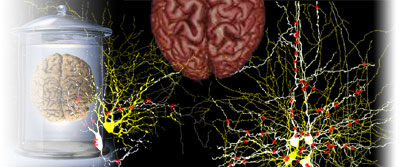
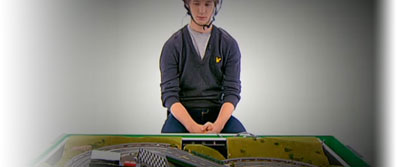
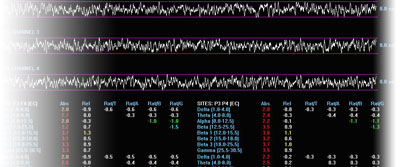
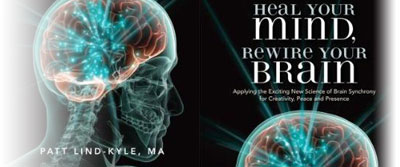
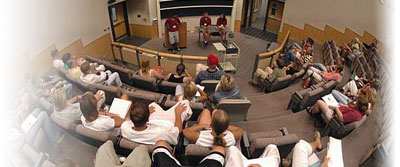
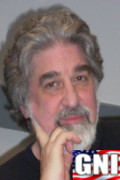 Thomas Collura
Thomas Collura Steve Warner
Steve Warner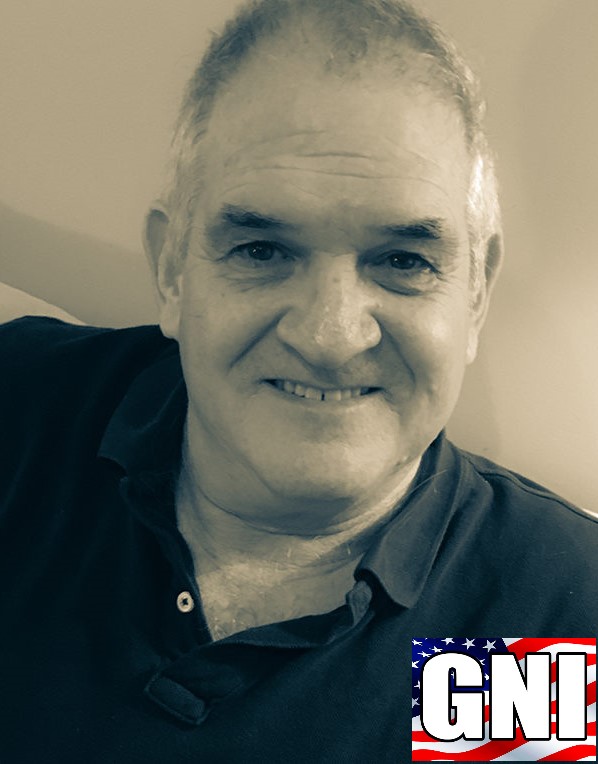 Jeff Reich
Jeff Reich Dolores Gaxiola
Dolores Gaxiola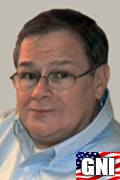 J. Michael Griffin
J. Michael Griffin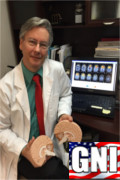 Richard McAlister
Richard McAlister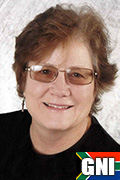 McGill Scott
McGill Scott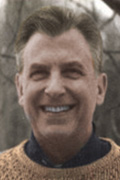 John Demos
John Demos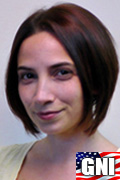 Penijean Gracefire
Penijean Gracefire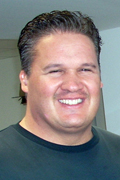 Bill Mrklas
Bill Mrklas Mark Smith
Mark Smith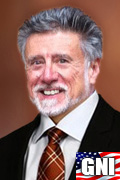 Dick Genardi
Dick Genardi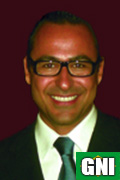 Leonardo Mascaro
Leonardo Mascaro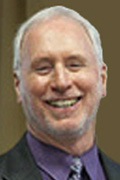 Thomas Brownback
Thomas Brownback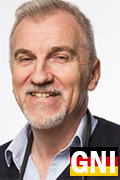 Thomas Feiner
Thomas Feiner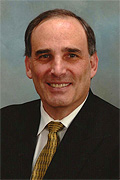 David Cantor
David Cantor Andre Keizer
Andre Keizer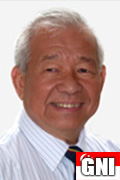 Joseph Guan -Tech
Joseph Guan -Tech Christen Stahl
Christen Stahl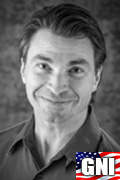 Jeff Tarrant
Jeff Tarrant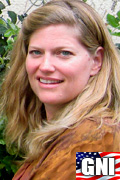 Debora Joy Elliott
Debora Joy Elliott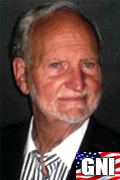 Jacob Elliott
Jacob Elliott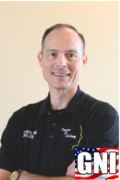 Wes Center
Wes Center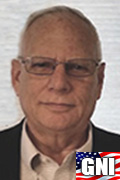 Rich Davis
Rich Davis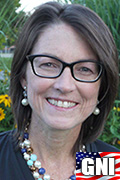 Lori Miller
Lori Miller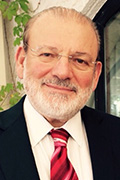 Giuseppe Chiarenza
Giuseppe Chiarenza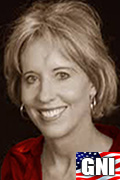 Yvonne Tate
Yvonne Tate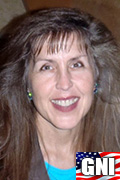 Lisa Black
Lisa Black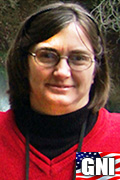 Kathie Schofield
Kathie Schofield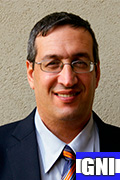 Doron Todder
Doron Todder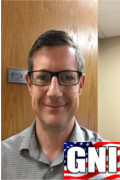 Jay Gattis
Jay Gattis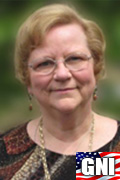 Donna Creasy
Donna Creasy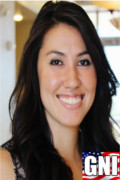 Kristen Elliott
Kristen Elliott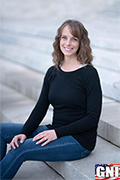 Dayna Naver
Dayna Naver